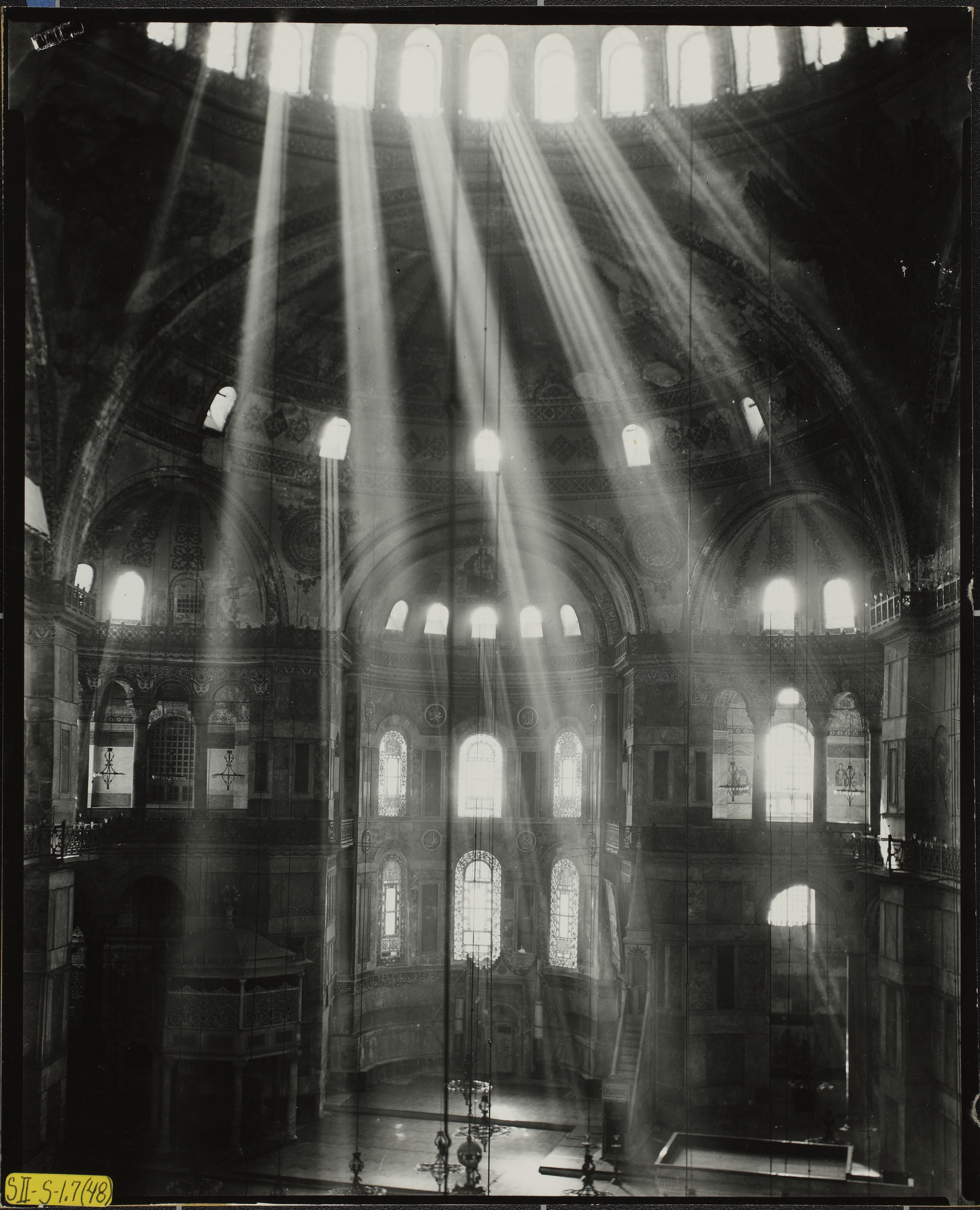Bissera Pentcheva – Reanimating the Past: The Lost Voice of Hagia Sophia

Most of our research in the humanities focuses on texts, objects, and monuments. In our approach to the past, we privilege the written record. Can we transcend the limits of the text and enter the domain of experience? This is the question at the core of the collaborative project Icons of Sound (2008–present) that Bissera Pentcheva codirects at Stanford University. It focuses on the acoustics and aesthetics of Hagia Sophia, the cathedral of Constantinople, built in 532–37 by Emperor Justinian. Icons of Sound bridges humanities and exact sciences, pulling on the resources and expertise of the Department of Art and Art History and the Center for Computer Research in Music and Acoustics (CCRMA).
In the course of the nine years, the project has developed a new methodology based on inflated balloons popped in the interior of the Great Church. From the balloon pops, researchers have extracted the acoustic signature of this immense interior and then by means of software, imprinted this Impulse Response (IR) live on a performance of Byzantine chant (a process called auralization). In collaboration with the foremost choir of Byzantine chant, Cappella Romana, the project has produced two concerts at Stanford's Bing Hall (2013, 2016) implementing live auralizations. This talk presents the results of this research and charts new ground for our understanding of the spiritual phenomena activated by the singing human voice, reverberant interior, glittering gold mosaics, polished marble, and an invisible divine voice (the acousmetre).
Bissera Pentcheva is the Millicent Mercer Johnsen Post-Doctoral Rome Prize Fellow in Medieval Studies at the American Academy in Rome and professor of medieval art in the Department of Art and Art History at Stanford University.
The event will be held in English. You can watch this event live at https://livestream.com/aarome.